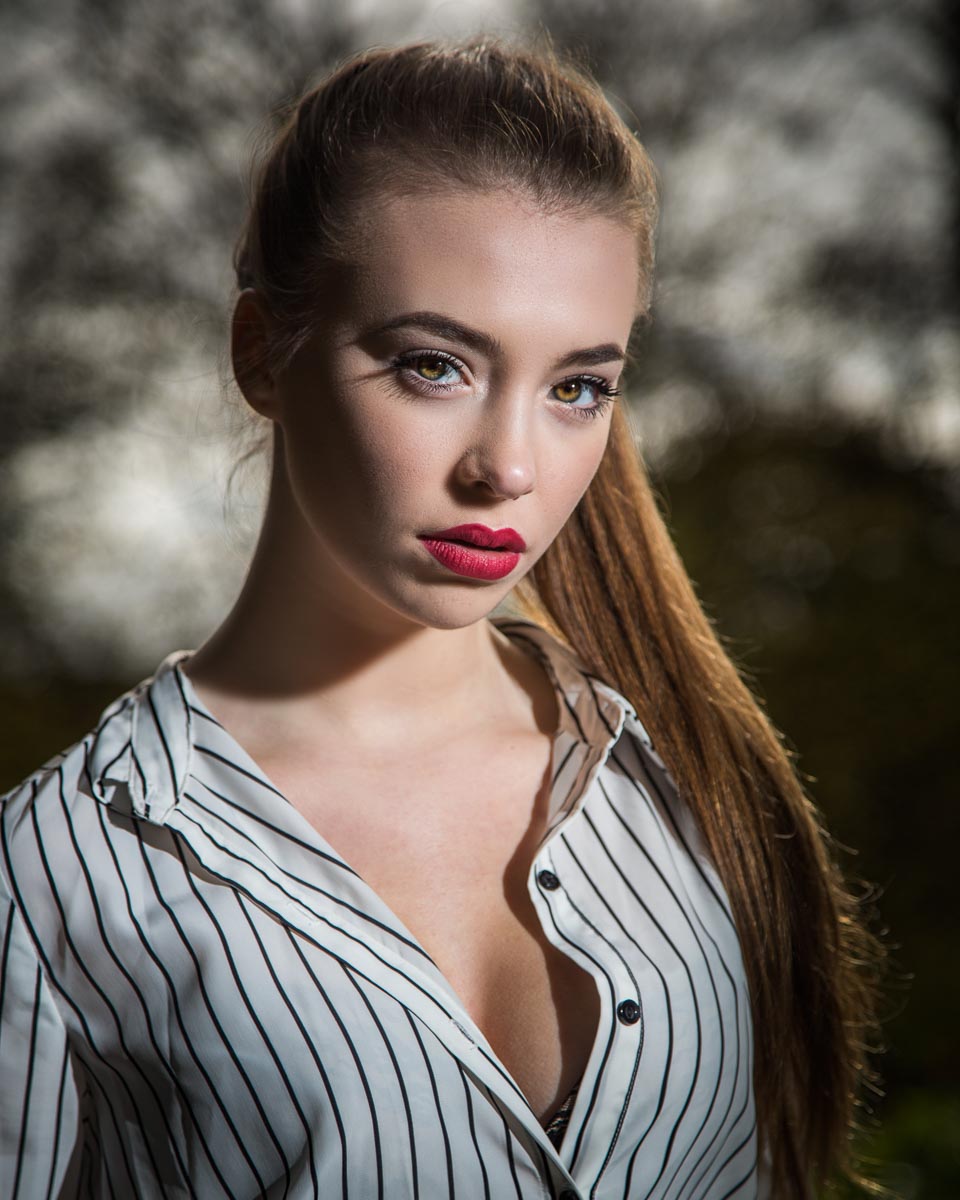Brighton Weekend Course 4-D Thinking in Photography.
13th-14th of June in Brighton for £230..
4-Dimensional Thinking in Photography….
Booking via the “Meetup” website. You can log in using Facebook. (If you’d rather, contact me directly).
Simon Young
Ran a company, with a colleague, looking into some of the psychology behind how and why customers do what they do. This included the use of eye-tracking technology while looking at brochures, pictures and websites. They noticed some common principles and their associated effects.
SImon had a keen interest in photography and looked at how people “read” a photograph. As is true of any composition, be it Auditory (musical), Gustatory (taste) or Visual (Picture), there are compositional elements and ways of “writing” the composition that the brain interprets before we know if we like the composition or not. Knowing how a person reads a picture, makes writing one a lot easier.
For the last 10 years and until recently, Simon has been running weekend and weekday courses at the Blackthorn School of Photography in Cricklade, Wiltshire; Beginner and Intermediate courses as well as more specialist and advanced courses looking at the fundamental principles and effects useful in photographing people. These principles include the psychology behind Spatial and Temporal Composition, Dimensional Lighting and Beauty. The Guild of Photographers has invited him to sit on their Panel to act as Judge and Advisor and he has also judged some National Photographic Competitions. When not coaching, He photographs weddings, portraits and some commercial products.
Four-Dimensional thinking in photography.
This TWO DAY course breaks down the considerations, in taking and editing photographs, to the component dimensions. That is: Height, Width, Perceived Depth and Time.
We are all familiar with the “Rule of Thirds” which would be a consideration in the two-dimensional space of width and height. What we will be exploring is the principles behind spatial (2-D) composition, how we can understand and use optical illusions to create the third dimension (perceived depth) and probably the most important of all of the dimensions…
…Timing.
At the end of the course, you will be able to analyse any photograph and have a good go at reverse engineering how it was created. You’ll be able to distinguish elements that add to the composition and those that detract. You will also have some “tricks” to improve how you see a picture before it is taken and how to make it come alive in terms of the third and fourth dimensions.
Across the 2 days we will be learning the theory and then putting the techniques into practise.
List of topics covered, not necessarily in order. This may seem like a lot but some can be covered in a matter of minutes and can often be the penny-drop moments for many.
• Fundamental principles and considerations of authoring a photograph
• Output requirements, Wall or book, print or screen
• How viewers read a photograph
• How to compose a photograph for easy reading
• Effects of spatial positioning
• Effects of contrast
• Effects of lines
• Perspective -v- Framing
• How to use a zoom lens effectively.
• What is beauty
• Understanding symmetry and angles
• The optical illusions we can use
• Expression (above all else, expression)
• How to get the expression you want
• Shaping the expression
• The importance of rapport
• Rapport and expression “Tricks”
• Timing the shot
• Flow and rapport before and during a shoot, directing a subject
• Understanding the effects of light and shadow for dimensionality.
• Optical Illusions.
• The brain sees, not the eyes. The camera has one eye.
• Understanding the effects of colour.
• Positioning of the main light.
• Positioning of the fill light.
• Positioning of accent lights.
• Controlling shadow boundaries.
• Doing it in the studio. (If you understand light, the location doesn’t
• matter).
• Doing it outside.
• Exposure considerations, monochrome -v- colour and White balance.
• Measuring light and understanding shadow depth and its effects .
What do others say?
Attended Si’s course at The Camera Society this weekend – and can say without hesitation that I learned more in the two days than I have in the last two years. To anybody else who is as sceptical as I was as to the value of investing in training, it has opened more doors in my mind than any number of new lenses or lights ever could. Absolutely recommended.
Jay Mawson / Supaveg
Simon has been a positive influence in my photography career. Since the beginning, he has given me options and tools, without affecting my own personal style. In fact, he has encouraged that to grow naturally over time. The difference with Simons tutoring style is, for example, that he will tell you “why to light something this way”, instead of just providing you with a lighting diagram that works in some situations but won’t in others. This deepens your understanding of the right way to work in all circumstances and provides you with the ability to adapt in tricky situations – which is of significant commercial value. He has taught me some very advanced topics effectively too, including deeper compositional techniques, colour theory and digital processing.
Phil Drinkwater
Pizza lunch is provided to attendees.
PLEASE NOTE THIS IS A TWO DAY EVENT

